Anybody who has been a teenage girl will know how dark and swampy the sexual imagination of that demographic can be. At fourteen and fifteen, after watching Baz Luhrmann’s Romeo and Juliet (1996), and then James Cameron’s Titanic (1997), I became so obsessed with Leonardo DiCaprio that I’d lie for hours on my bed hatching feverish plans for going to New York and meeting him; comparing fictional fling Kate Winslet to me (similar body type, I told myself) and broodingly calculating my chances. It wasn’t a funny light-hearted thing, but deadly serious, awash in life or death longing. The same quality applied to Will, Pete, Travis, Chris and the other boys at school on whom I developed all-consuming crushes.
Somehow this form of predation, being fantasy, is OK
No wonder, then, that the Twilight saga had the epoch-defining impact on girlish sexuality that it did. It’s been fifteen years since the release of the first Twilight film, the first in a series based on Stephanie Meyer’s novels (2005-2008) that would gross $4.3 billion. It remains an important reminder of what really gets this very particular, young female intensity going — and it isn’t “woke” gender ideology. It’s beautiful boys (Robert Pattinson was a smart choice), part dangerous, part swoon-worthy knight in shining armor and — because why not? — part bloodsucker. The beautiful, gray girl on the receiving end is also key; despite being as straight as a die, I’ve always found Kristen Stewart oddly attractive; and so do many other straight women. Everything about Twilight was calculated to be sexy — and it succeeded.
What boys (and men) might not understand is that for teenage girls, the swooning madness is an erotic intoxication but has little to do with actual sex. My adolescence was consumed by boys, but my end goal was that the dark pull would be reciprocated and sealed with nothing more than some passionate and languorous kissing. Sex didn’t appeal: it seemed alien and unpleasant, belonging to another world.
That said, the vampire genre has become graphically sexual: even Bella and Edward in Twilight consummate their love (after marriage). Indeed, while it scandalized some, the Twilight saga kicked off a period of forced awareness of female sexuality in general. Legions of grown women turned out to be entranced by the conceit of a man whose intentions are uncertain; is he after violence, sex, blood, or all of the above? The most famous example, of course, is E.L. James’s Fifty Shades of Grey, the first of three blockbusters that began as self-published Twilight fan fiction and which concerned the seduction by self-effacing intellectual goody-two-shoes Anastasia by the rich sadist Christian Grey. The trilogy, which sold 165 million copies worldwide, changed the shape of sex, bringing BDSM — and its expensive accoutrements — into the mainstream.
For all that it was unlikely, Fifty Shades did offer something closer to reality. It’s not entirely impossible, after all, that a college student (or you, or I) could meet a handsome female orgasm-worshipping tycoon with luxury handcuffs and whips. But a vampire, aged 106 years in Edward Cullen’s case, is not going to be on the cards for any woman.
The lure of the vampire, and the wider kitschy, bloody, sexy world of romance fiction, proved too great a temptation evenfor Anna Lembke, the Stanford psychiatrist who wrote the bestseller Dopamine Nation after realizing that her own sudden addiction to the Twilight books and Twilight fan fiction had been every bit the “gateway drug’ that hooks narcotics abusers. Her addiction to vampiric bodice rippers nearly cost her her family and job.
Vampiric sexuality began with Bram Stoker, whose Dracula of 1897 always seemed unpleasant to me, but whose passionate rapacity became a blueprint for a feeding frenzy a century later. Key waypoints on the road to full sexy vampirism were the 1992 Dracula with Gary Oldman and Interview with the Vampire two years later, based on the book by Anne Rice, which featured tooth-bearing Tom Cruise and Brad Pitt (a remake of Interview has recently been published on Netflix). Buffy the Vampire Slayer debuted in 1997, perhaps the most powerful televisual vampire romance story of all time.
Since Twilight we’ve had True Blood, Vampire Diaries and countless books, including bestsellers like Laurell K. Hamilton’s Anita Blake, Vampire Hunter, described by the author as “fang, penetration, ecstasy… readers know that vampire sex is somehow going to be the very best sex a woman has ever had.”
The heightened sexual appeal of the beautiful vampire may appear to sit oddly with the scathing, somewhat rigid climate around sexuality since #MeToo. But somehow this form of predation, being fantasy, is OK; indeed, more than OK. “Even if a vampire is your lover and gentle and kind, he still has the power to rip someone’s leg off,” says Melissa Lowery, editor of fansite True-Blood.net. “Sometimes I think women just want to be protected, and that’s not so bad.”
This article was originally published on Spectator Life.



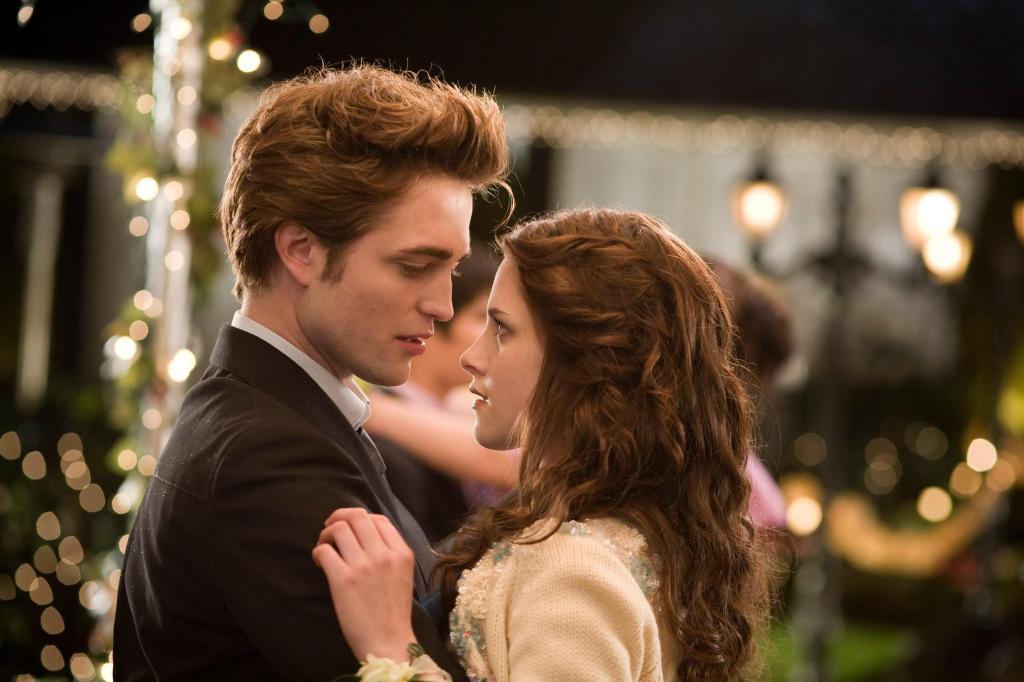


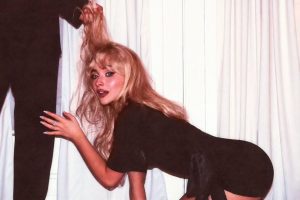





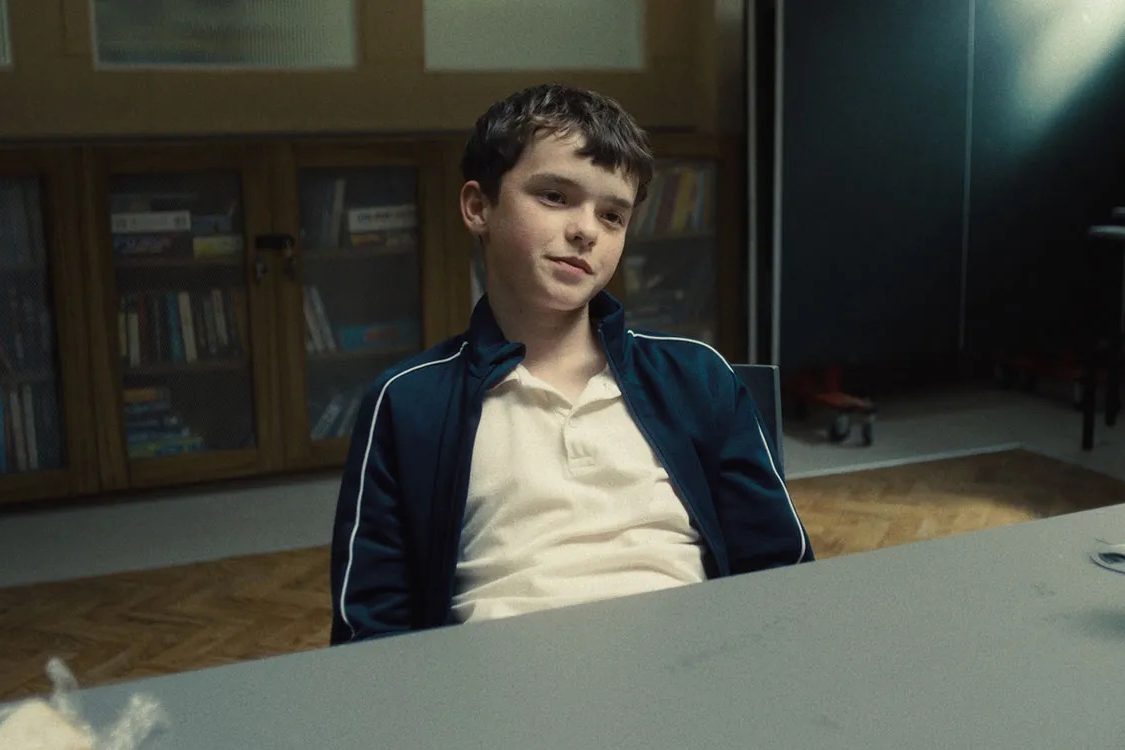
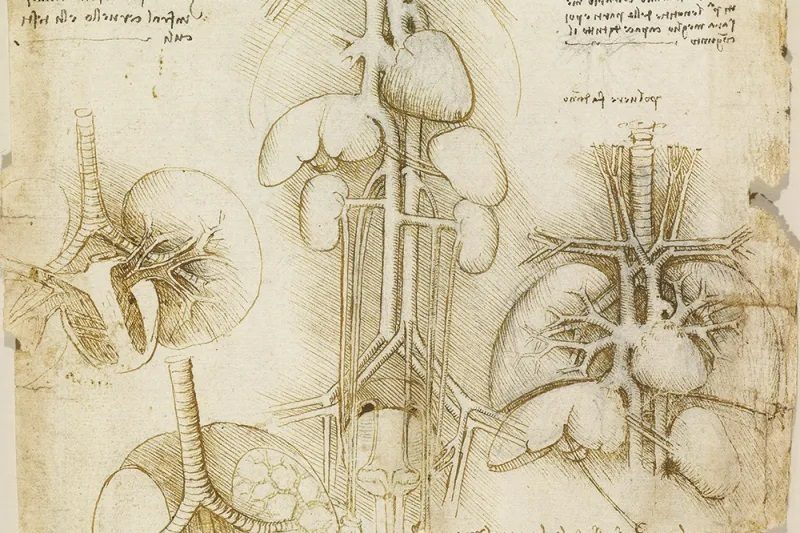
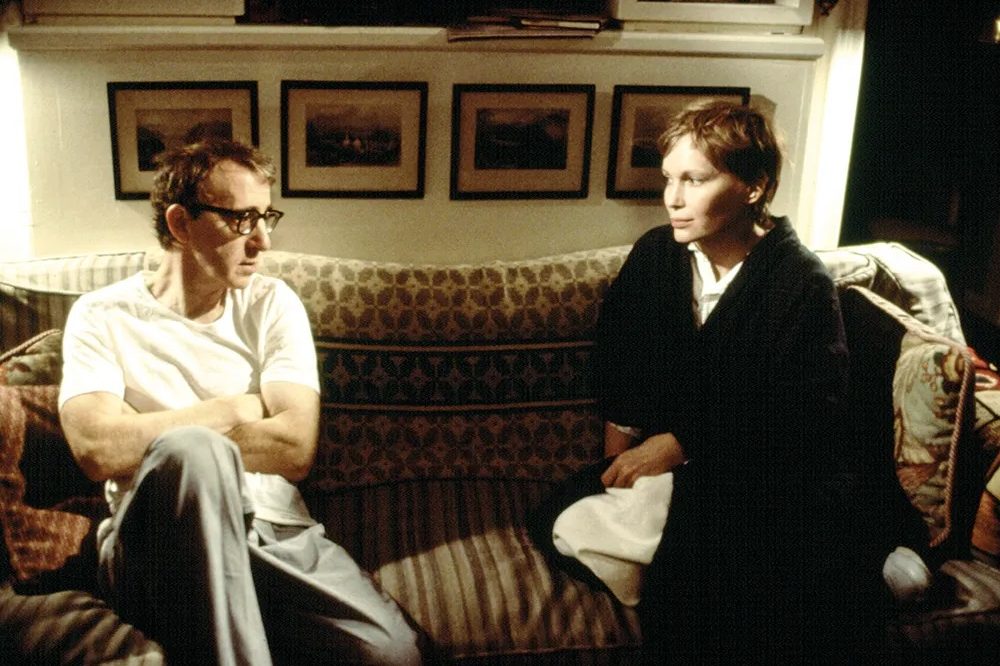







Leave a Reply